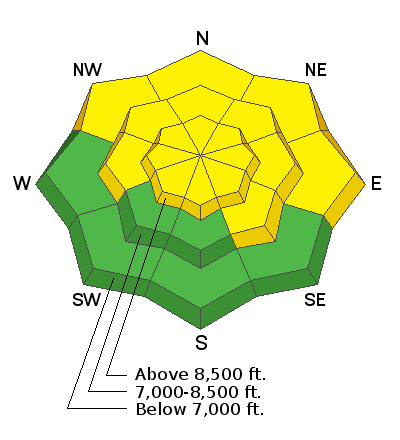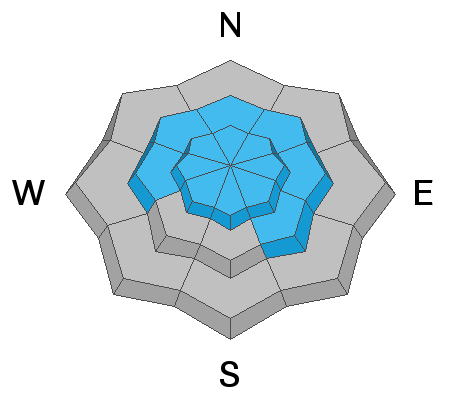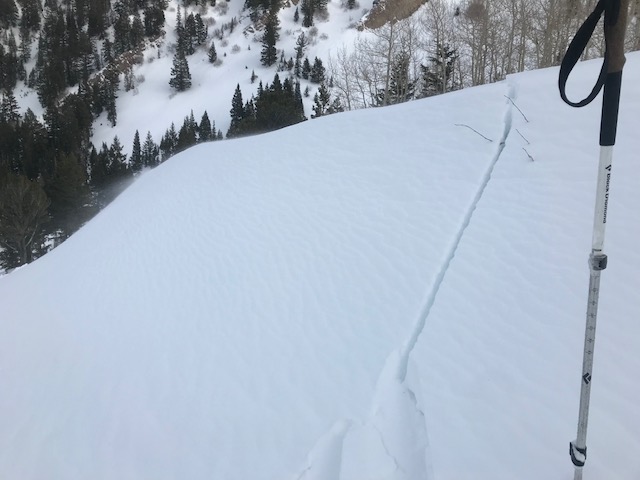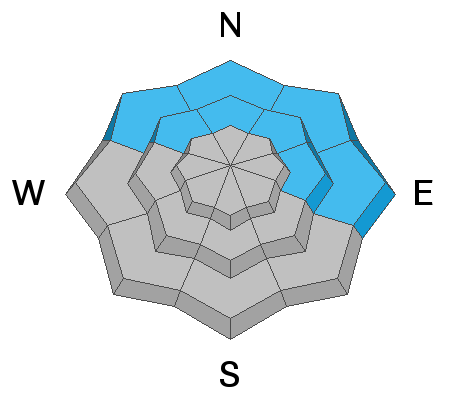Final report for the Dutch Draw avalanche fatality is available
HERE. Consider donating to the
Matt Tauszik Memorial Fund to help his wife and young son.
Stocking Stuffers: Thanks to the generous support of our Utah ski resorts and Ski Utah, we have discount lift tickets available. All proceeds from these go towards paying for avalanche forecasting and education! Get your tickets
here.
Warm and windy. At least we won't get much snow out of these series of storms. Skies are overcast with temperatures into the mid-elevations suffering through almost 36 hours of well-above freezing temperatures. Adding insult to injury are the strong winds, even in the mid-elevations. Ridgeline anemometers along the Ogden skyline are averaging 50-60mph with gusts to 75. Snow surface conditions are pretty well hammered by the sun, wind, and warm temps. At least the inversion has weakened somewhat.
Looking ahead, we'll see some cooling temps tonight, light snowfall Christmas Eve, and unsettled weather through the week.
Our
Week in Review - summarizing the significant weather and avalanche events of the past week - can be found
here.
Skiers triggered two new wind slab avalanches yesterday. One was quite small at 4" deep and 15' wide, but the other was in more heavily wind loaded terrain. This second slide was 1-3' deep and perhaps 100' wide on a northeast facing slope at 8100'.
Mike Fogg has an excellent observation from Monte Cristo
HERE.










